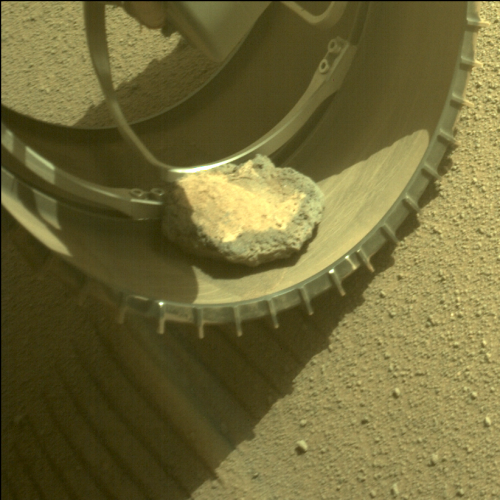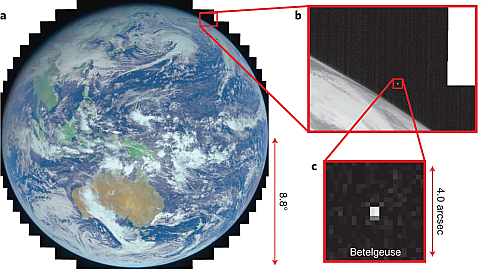Muskhate: The Sierra Club and other environmental groups have now sued a variety of local Boca Chica government agencies for periodically closing the beaches during hazardous SpaceX operations.
The Sierra Club, the Carrizo/Comecrudo Tribe of Texas and non-profit Save RGV have joined together in a lawsuit against the Texas General Land Office, Texas land commissioner George P. Bush and Cameron County in Texas for closing Boca Chica Beach periodically for SpaceX operations during Starship tests, the Sierra Club stated May 5. The Boca Chica beach is near SpaceX’s Starbase facility, where it is building Starship rocket prototypes and their massive Super Heavy boosters.
“Restricting access to a public beach, as the defendants have done, violates the Texas constitution,” the Sierra Club said in a statement. None of the allegations have been proven in court, and the statement does not name SpaceX among the entities pursued in the lawsuit.
These are the same groups that have been lobbying government officials for the past few years to shut SpaceX down. They claim that a change to the state’s laws allowing these closures that was passed in 2013 violates the state’s constitution, and want the courts to agree.
Of course, we all know these organizations really have no interest in keeping the beaches open for public use. What they really want is to shut down SpaceX in Boca Chica, because that company is actually doing something exciting and innovative while bringing billions of investment capital to the Rio Grand Valley, including tens of thousands of new jobs. (The group called “Save RGV” is especially ironic and dishonest, since RGV stands for Rio Grand Valley. If their effort succeeded, they would not save RGV, but destroy it. All those jobs and billions would vanish, leaving the area as depressed and as poor as it has been now for decades.)
These groups also wish to destroy Elon Musk, because he has recently made it clear that he no longer is a knee-jerk supporter of all leftist causes.
Nor will their effort cease should they lose this case in court. They will do what environmental groups have done now for decades, find another minor legal issue and sue again, and again, and again, and again.









